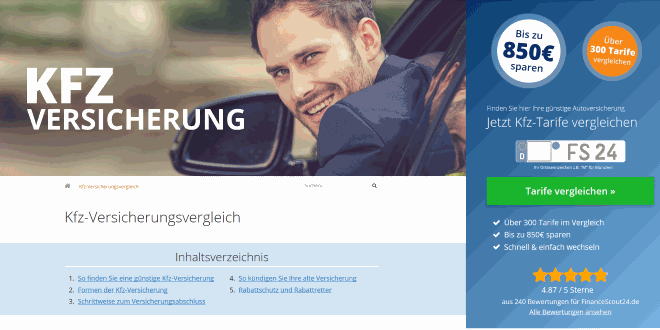Explore the Ultimate Guide for Seniors to Sell Their Cars Easily
As we age, our needs change, and this often includes our transportation requirements. For many seniors, selling a car that's no longer needed can be a daunting task. However, with the right approach and knowledge, the process can be straightforward and even rewarding. This comprehensive guide will walk you through the essential steps to help elderly individuals successfully sell their vehicles, from preparation to finalizing the sale.

What Documents Should Seniors Keep Handy When Selling Their Car?
Having the right documentation readily available is crucial for a smooth car sale. First and foremost, you’ll need the vehicle’s title (certificate of ownership), which must be clear of liens and in your name. If you still have a loan on the vehicle, contact your lender to understand the payoff process. The vehicle registration should also be current and accessible.
Maintenance records are highly valuable when selling a car. These documents demonstrate that you’ve properly cared for the vehicle and can justify your asking price. Include all service records, oil change receipts, and documentation of major repairs or replacements. Many buyers are particularly impressed with complete maintenance histories.
Additionally, gather the vehicle’s original owner’s manual, warranty information (if still applicable), and any aftermarket accessory documentation. If you’ve made modifications to the car, having receipts and information about these changes can help interested buyers understand the vehicle’s full history and value.
Which Sites Are Best for Seniors to Post Their Car Listing?
The digital marketplace offers numerous options for selling your vehicle. For seniors who prefer user-friendly platforms, Autotrader and Cars.com are excellent choices with straightforward listing processes and wide audiences. Both sites guide you through creating effective advertisements with templates for vehicle descriptions and photo uploads.
Facebook Marketplace has become increasingly popular for local car sales. The interface is relatively simple if you already have a Facebook account, and it allows for direct communication with potential buyers in your area. Similarly, Craigslist offers a straightforward listing process, though it lacks some of the verification features of dedicated automotive sites.
For seniors who prefer more personal assistance, dealership trade-ins or services like Carvana, CarMax, or Vroom offer convenient alternatives to private sales. These companies handle much of the paperwork and provide offers quickly, though typically at lower prices than private sales might yield. Some even offer at-home appraisals and vehicle pickup, eliminating the need for multiple in-person meetings with strangers.
How Should Seniors Approach Pricing Their Vehicle?
Determining an appropriate asking price requires research and objectivity. Begin by consulting resources like Kelley Blue Book (KBB), Edmunds, or NADA Guides to establish your car’s fair market value. These tools consider your vehicle’s make, model, year, mileage, condition, and location to generate accurate price estimates.
Be realistic about your car’s condition. Most sellers naturally overvalue their vehicles due to emotional attachment or overestimation of condition. Consider having a professional inspection to identify any issues that might affect the sale price. Minor investments in cleaning or maintenance can sometimes significantly increase your vehicle’s value and appeal.
When listing your car, it’s wise to price it slightly above your minimum acceptable amount to allow room for negotiation. However, avoid pricing too high, as this can discourage potential buyers from making contact. Research similar vehicles in your area to ensure your price is competitive with the local market.
What Are Effective Negotiation Strategies for Elderly Sellers?
Successful negotiations start with preparation. Know your vehicle’s value and set your minimum acceptable price before beginning discussions. Having documentation of recent repairs, maintenance, or desirable features will strengthen your position during negotiations.
When communicating with potential buyers, maintain a friendly but firm approach. Listen to offers respectfully, but don’t feel pressured to accept the first offer that comes your way. If an offer is too low, politely explain why your asking price is justified based on the vehicle’s condition and market value.
Consider having a trusted friend or family member present during negotiations and test drives. This provides both safety and moral support during what can sometimes be an intimidating process. If you’re uncomfortable with direct negotiations, some seniors choose to delegate this responsibility to a trusted relative or friend who may be more experienced in such transactions.
How Can Seniors Ensure a Safe and Secure Transaction?
Safety should be the top priority when selling your vehicle. Always meet potential buyers in public, well-lit locations for initial viewings and test drives. Many police stations offer their parking lots as “safe exchange zones” specifically for private sales transactions.
Never allow a test drive without verifying the buyer’s identity and valid driver’s license. Consider making a photocopy of their license before handing over the keys, and always accompany them on the test drive or have a trusted companion do so.
For the financial transaction, avoid accepting personal checks or promises of future payment. Cash is the most secure option for private sales, though cashier’s checks or money orders from local banks can also be acceptable. Some sellers use payment services like Zelle or bank transfers for added convenience and security. Complete all paperwork thoroughly, including a bill of sale documenting the transaction terms and transferring liability to the new owner. Most state DMVs provide templates for these documents on their websites.
After the sale, remember to contact your insurance company to cancel coverage on the sold vehicle and notify your state’s DMV of the ownership transfer according to local requirements. These final steps protect you from potential liability after the vehicle has left your possession.




